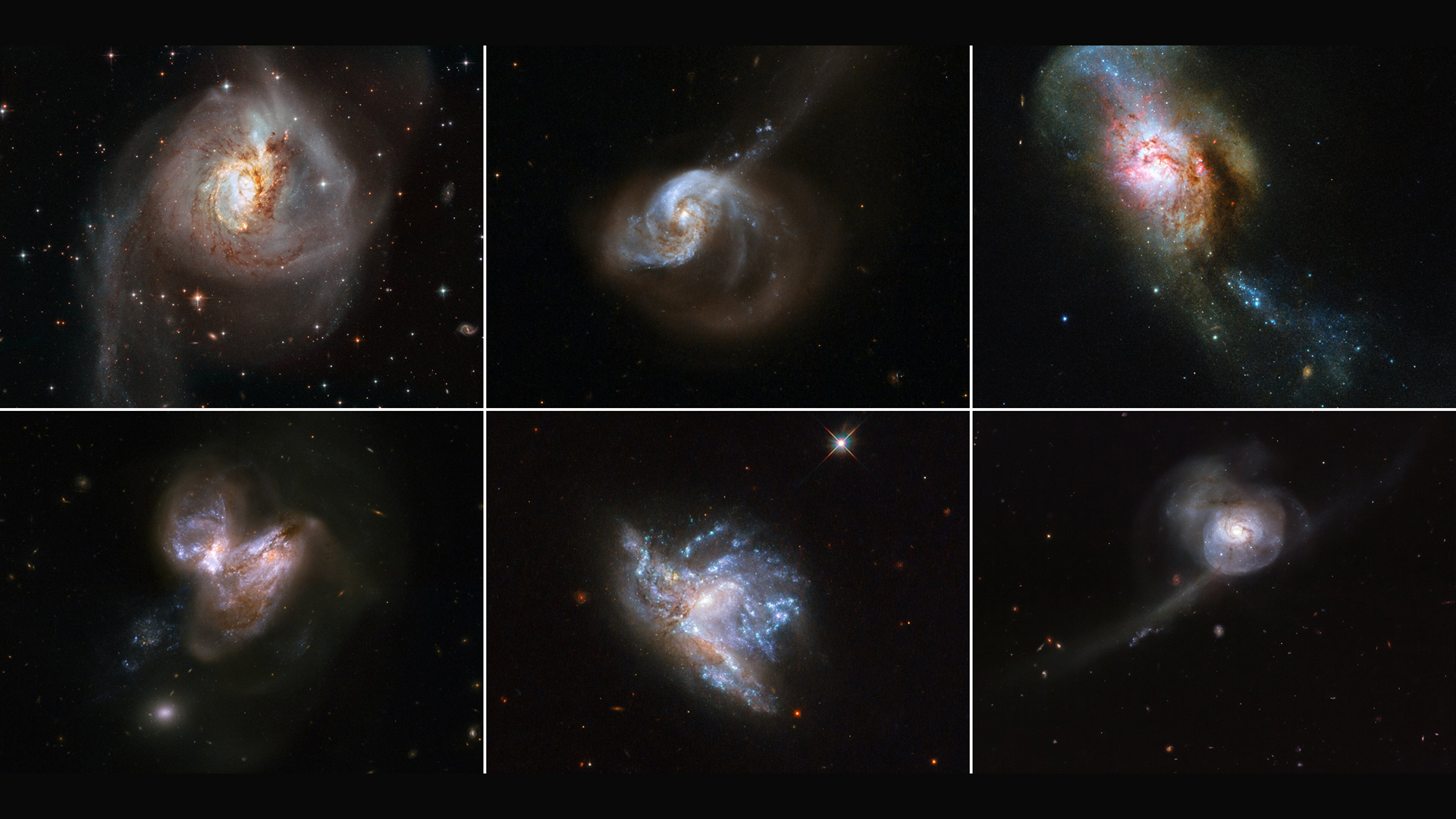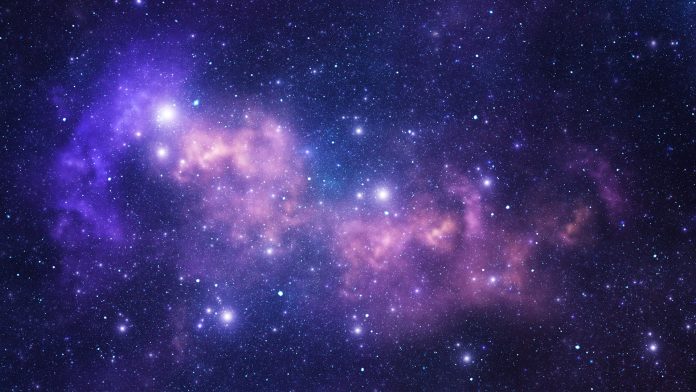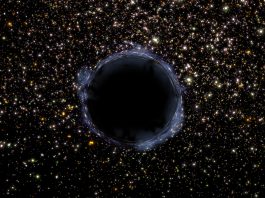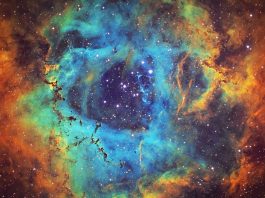A new project studying data from the Hubble Space Telescope sheds new light on the formation of star clusters in the extreme environments of six merging galaxies.
Following the recent Hubble imaging Probe of Extreme Environments and Clusters (HiPEEC) survey, astrophysicists at the Hubble Information Centre have published data on the formation of star clusters in the extreme environments of six merging galaxies.
By studying the six galaxy mergers, the HiPEEC survey has identified how star clusters are affected by changes to their characteristics during collisions, which drastically increase the rate in which new stars are formed in these galaxies.

Top Middle, Bottom Left: © NASA, ESA, the Hubble Heritage Team (STScI/AURA)-ESA/Hubble Collaboration and A. Evans (University of Virginia, Charlottesville/NRAO/Stony Brook University)
Top Right, Bottom Middle, Bottom Right: © ESA/Hubble & NASA, A. Adamo et al.
During rare merging events, galaxies undergo dramatic changes in their appearance and their chemical make-up. These systems are excellent laboratories to trace the formation of star clusters under extreme physical conditions.
The survey has revealed that the star cluster populations undergo large and rapid variations in their properties, with the most massive clusters formed towards the end of the merger phase. Hubble’s observations of these systems have been used to derive star cluster ages, masses, and extinctions, as well as to analyse the star formation rate within these six merging galaxies.
These interactions are an important element of galaxy evolution and are among the most spectacular events in the lifetime of a galaxy.
About the Hubble Space Telescope
The Hubble Space Telescope was created by an international collaboration between ESA and NASA. Since its launch in 1990, Hubble has revolutionised astronomy and our understanding of the Universe.
Hubble has made more than 1.4 million observations over the course of its lifetime. Over 17,000 peer-reviewed science papers have been published on its discoveries, and every current astronomy textbook includes contributions from the observatory.
Hubble’s capabilities have grown immensely since its launch. This is because new, cutting-edge scientific instruments have been added to the telescope over the course of five servicing missions. By replacing and upgrading aging parts, these servicing missions have greatly extended the telescope’s lifetime.









